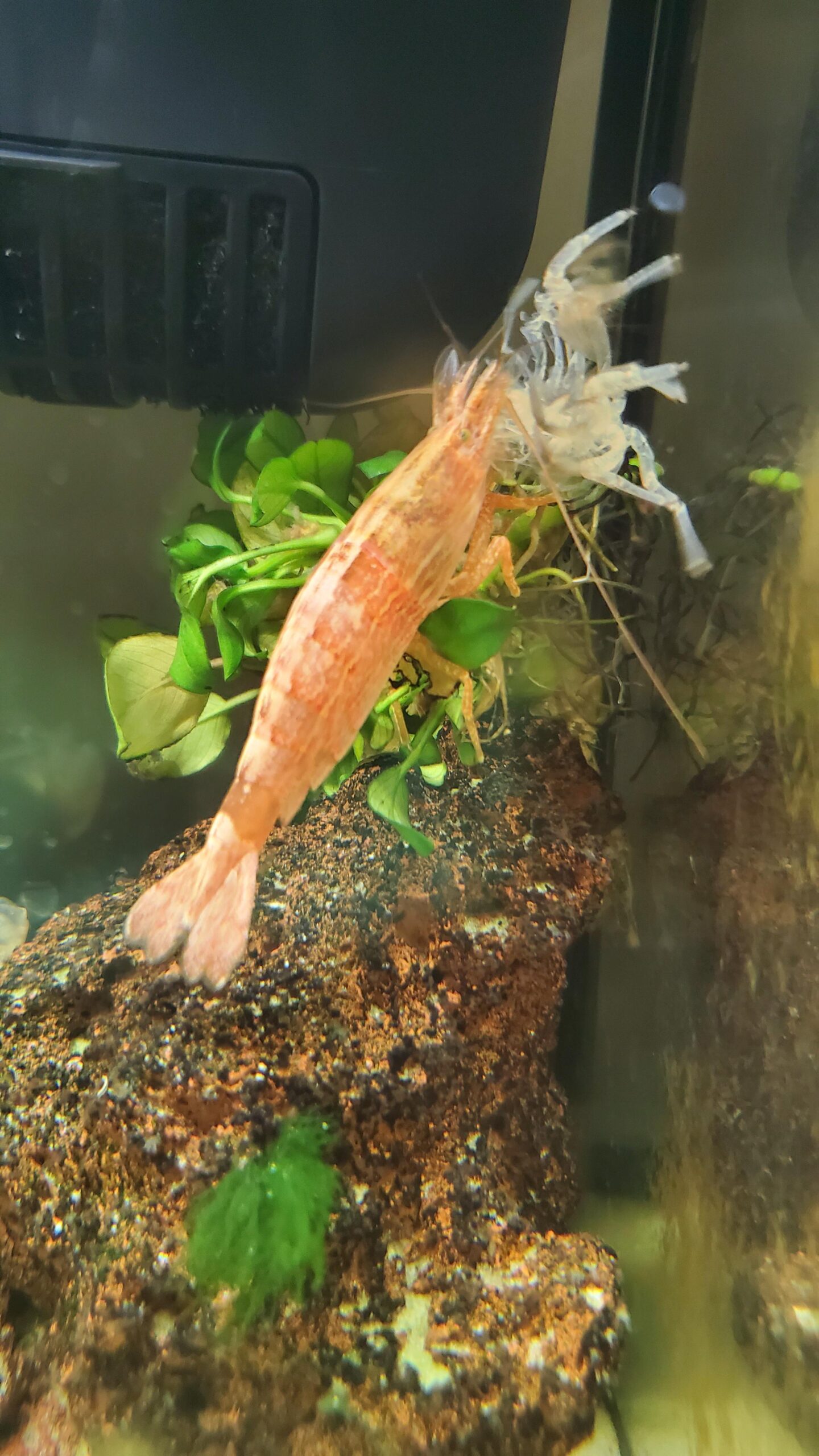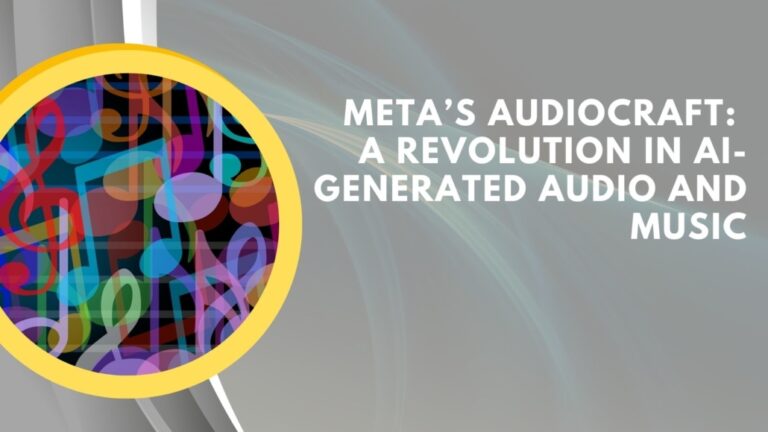Shrimp Stuck in Molt? Do These Immediately!
If your shrimp is stuck in molt, promptly raise the water temperature and check the water quality. Ensure the tank possesses enough calcium for proper shell development.
Aquarium enthusiasts often face the challenge of molting shrimp, a natural but sometimes perilous process. Shrimp, as they grow, must periodically shed their exoskeleton—a process known as molting. A successful molt is crucial for their continued health and growth. Yet, molting can sometimes lead to complications, such as the shrimp becoming trapped in its old shell.
This can be a stressful and potentially fatal situation requiring immediate attention. Aquarists should be equipped with knowledge and tools to quickly alleviate such incidents. By maintaining optimal tank conditions and offering adequate nutrition, you can significantly reduce the risk of molting issues and ensure your aquatic pets remain healthy and vibrant. It’s essential to address any signs of a stuck molt immediately to prevent stress and possible death in these delicate creatures.

Credit: www.reddit.com
Introduction To Shrimp Molting
Aquatic enthusiasts and shrimp keepers alike recognize the significance of molting in the life cycle of a shrimp. This natural process is critical for growth, allowing these fascinating creatures to shed their exoskeleton and thrive in their watery habitats. It’s not just a one-off event; shrimp must molt several times throughout their lives. Understanding this intricate process provides valuable insight into their health and proper care. Let’s dive into the world of shrimp and unravel the mysteries of their molting behavior.
Understanding Molting In Shrimp
Shrimp molting is a fascinating display of nature’s ingenuity. As invertebrates with a hard outer shell or exoskeleton, shrimp cannot grow in the same way as animals with internal skeletons. Instead, they periodically shed this external layer in a process called ecdysis, more commonly known as molting. This allows the shrimp to replace its snug shell with a roomier one that accommodates its growing body. Immediately after molting, shrimp are particularly vulnerable due to their soft new exoskeleton that takes time to harden. Understanding this process is essential for shrimp health and ensures successful shrimp keeping.
Signs Of A Healthy Molt
Distinguishing a healthy molt from a problematic one can mean the difference between life and death for a shrimp. Signs of a successful molt include:
- Observing the shrimp exit its old shell completely.
- Finding the intact discarded exoskeleton, often referred to as a “ghost shrimp,” in the tank.
- Watching the shrimp’s behavior return to normal quickly after the molt.
- Seeing the shrimp feed energetically soon after molting.
These positive signs indicate that the shrimp is thriving and the molting process is proceeding as it should.
Complications In Shrimp Molting
While many shrimp successfully molt without issues, complications can arise that may threaten their well-being. Keep an eye out for symptoms like:
- Shrimp struggling to shed its exoskeleton, known as stuck in molt.
- Parts of the old shell remaining attached, particularly around the abdomen or appendages.
- Shrimp displaying lethargy or inactivity post-molt.
These indications of a problematic molt require immediate attention. Factors like incorrect water parameters, inadequate diet, or even stress can lead to molting issues that must be addressed to ensure the health and longevity of your shrimp.
Identifying A Stuck Molt
When your beloved shrimp companion encounters a molting issue, swift action is crucial. Understanding what a stuck molt is and recognizing the early signs can make a significant difference in the survival and health of your shrimp. Let’s dive into the symptoms, causes, and assessment techniques to aid our shelled friends in need.
Symptoms Of A Stuck Molt
Recognizing the symptoms of a stuck molt is the first step towards addressing the issue:
- Immobility: A shrimp that’s unable to move or is struggling may be experiencing a molt complication.
- Partial Shed: If you notice your shrimp has only shed part of its exoskeleton, it’s likely stuck halfway through the molt.
- Distress Signs: Look for erratic swimming or twitching, as these can indicate discomfort associated with molting issues.
Potential Causes Of Molting Issues
Several factors may contribute to molting problems:
| Factor | Explanation |
|---|---|
| Water Quality | Improper pH levels or high concentrations of toxins can disrupt the molting process. |
| Nutritional Deficiencies | A lack of essential minerals like calcium can hinder exoskeleton formation. |
| Stress | Stressful conditions such as aggressive tank mates or sudden changes in environment can lead to molting difficulties. |
Assessing The Severity Of The Situation
An effective assessment involves checking the following:
- Examine the tank conditions, using test kits to ensure the water parameters are within acceptable ranges for shrimp health.
- Observe the shrimp’s behavior and appearance to determine if it is actively trying to molt or if it has become dormant.
- Consider the duration of the symptoms – prolonged difficulties are more severe and require immediate action.
Once you’ve collected this information, you can determine the best course of action to help your shrimp through its molting complications.
Immediate Interventions For A Stuck Molt
Discovering a shrimp struggling to shed its exoskeleton can be alarming. Molting — essential for growth and vitality — can sometimes hit a snag. When that happens, quick and careful action is imperative. Delay can lead to stress and, potentially, the death of your aquatic friend. Let’s dive straight into the solutions to ensure a safe molting experience.
Adjusting Water Parameters
To prevent molting problems, maintaining optimal water conditions is crucial. If you find a shrimp having trouble, promptly check the following:
- pH levels: Shrimp prefer specific ranges depending on the species.
- Temperature: Extreme temperatures can disrupt the molting cycle.
- GH (General Hardness) and KH (Carbonate Hardness): Minerals in water affect the shrimp’s ability to form a new shell.
Take action by adjusting these parameters gradually to fall within the ideal range for your shrimp species. Use testing kits for accuracy and precision.
Providing Molting Aids
Consider adding molting aids like supplements to ensure your shrimp has the necessary nutrients for a successful molt. These can include:
- Calcium: Vital for building a strong new exoskeleton.
- Iodine: Often overlooked, but necessary for regulating molting hormones.
- Almond leaves or chitin-rich foods: Can provide natural sources of necessary nutrients.
Supplements should be integrated into your shrimp’s regular diet to promote overall health, thereby reducing molting issues.
Gentle Manual Assistance
Sometimes, intervention is necessary. If natural attempts and environmental adjustments fail, providing manual assistance can be a lifesaver. Follow these carefully crafted steps:
- Isolate the affected shrimp: Move it to a separate container to reduce stress and prevent other shrimp from interfering.
- Lower water level: This reduces pressure and may help the shrimp to molt.
- Use soft tools: Help the shrimp gently with a pair of soft-tipped tweezers. Proceed with utmost care: the shrimp is extremely vulnerable during this process.
Remember, this method is the last resort. The stress of manual assistance can sometimes be more harmful than beneficial. Always seek guidance from a professional or experienced hobbyist before proceeding.
Preventive Measures And Long-term Solutions
Tackling the issue of shrimp stuck in molt requires a two-pronged approach: immediate intervention and implementing preventative measures for long-term success. Consistency in optimal tank management and nutrition greatly reduces the chances of molting problems. Let’s explore the preventive strategies and lasting solutions that aquarists can employ to maintain the health and well-being of their shrimp.
Optimizing Tank Conditions For Molting
Ensuring ideal tank conditions is fundamental for the molting process of shrimp. Regular checks and adjustments of water parameters can prevent molting issues. Key factors include:
- Temperature: Keep the water temperature between 72-78°F for optimal molting conditions.
- pH levels: Maintain a stable pH level of 6.5 to 7.5. Sudden shifts can be detrimental.
- Water hardness: Aim for a general hardness (GH) of 4-8 and carbonate hardness (KH) of 3-5.
- Adequate minerals: Supplements like calcium and magnesium support a healthy exoskeleton.
- Cleanliness: Perform regular water changes and remove detritus to decrease stress on shrimp.
A stable environment minimizes stress and supports uninterrupted molting.
Dietary Adjustments For Shrimp Health
Optimal nutrition plays a crucial role in molting. Shrimp require a balanced diet rich in essential nutrients to form their new exoskeleton properly. Consider these dietary tips:
- Supplement the primary diet with specialized foods high in calcium and other minerals.
- Introduce variety with blanched vegetables, such as spinach and zucchini, known for their nutrient content.
- Ensure feeding amounts are appropriate – overfeeding can lead to poor water quality.
A nutrient-rich diet supports exoskeleton strength and overall health, aiding successful molting.
When To Seek Professional Help
While most shrimp can recover from molting issues with the above changes, there are times when expert advice is needed. Signs that professional help may be required include:
| Signs | Action |
|---|---|
| Recurring molting issues despite optimal water conditions and diet | Consult a vet or an experienced aquarist |
| Unusual behavior or persistent lethargy in shrimp post-molt | Seek a health checkup to rule out underlying issues |
| Mortality following molting | Investigate potential environmental toxins or pathogens |
Timely intervention with professional help can prevent further losses and uncover underlying health issues.
Conclusion: Ensuring Shrimp Welfare
Ensuring the welfare of shrimp in your aquarium goes beyond simple aesthetics or functionality—it is a responsibility that we take on as caretakers of these fascinating creatures. When shrimp get stuck in molt, swift action is not just a nice-to-have, it is imperative for the shrimp’s survival. Before wrapping up this post, let’s succinctly recap the key interventions and understand the pivotal roles that regular monitoring and a conducive aquatic environment play in maintaining a thriving shrimp colony.
Summary Of Key Interventions
The following measures are pivotal when you notice a shrimp struggling with molting:
- Adjust Water Parameters: Ensure the hardness and pH levels are optimal for molting.
- Supplemental Nutrition: Provide foods rich in minerals, especially calcium and magnesium.
- Reduce Stress: Maintain a stable environment to prevent stress-induced molting issues.
The Importance Of Regular Monitoring
Regular observation remains key. A daily check allows:
- Early Detection: Spotting issues before they escalate is crucial.
- Timely Intervention: Implementing changes at the right moment can save lives.
- Behavior Tracking: Knowing typical shrimp behavior aids in recognizing anomalies.
Fostering A Supportive Aquatic Environment
Creating a suitable habitat ensures your shrimp not only survive but thrive:
- Adequate Cover: Plants and hides offer security and reduce stress during molting.
- Stable Conditions: Avoid fluctuations in temperature and water chemistry.
- Clean Water: Regular water changes remove harmful substances and replenish minerals.
| Action | Purpose | Impact |
|---|---|---|
| Water Adjustments | Balance pH and hardness | Facilitates easier molting |
| Dietary Supplements | Provide essential minerals | Strengthens exoskeleton |
| Stress Management | Minimize habitat disturbances | Prevents molting complications |
By adhering to these principles, you ensure a robust aquatic ecosystem where shrimp health is prioritized. Remember, proactive care trumps reactive solutions every time, fostering a sanctuary where your shrimp can molt seamlessly and live in vitality.
Frequently Asked Questions For Shrimp Stuck In Molt? Do These Immediately!
What To Do If Shrimp Is Stuck In Molt?
Gently increase the tank’s water hardness. Offer shrimp a place to latch onto, like a plant or rock. Keep the aquarium stress-free. Consult a vet for severe issues. Maintain optimal water conditions to prevent future molting problems.
Should I Help My Shrimp Molt?
No, you should not directly help your shrimp molt. Ensure they have a suitable environment with adequate calcium for proper exoskeleton development. Let the shrimp molt naturally to prevent stress or harm.
What Happens After A Shrimp Molts?
After a shrimp molts, it hides to stay safe while its new, larger exoskeleton hardens, a process which can take several hours to a few days.
What Are The Stages Of Molting Shrimp?
Shrimp molting passes through three stages: pre-molt, molt, and post-molt. Pre-molt involves shell loosening; molt is shedding the old exoskeleton; post-molt entails exoskeleton hardening.
Conclusion
Understanding your shrimp’s molting process is crucial for their health and survival. If you notice your pet shrimp struggling, act swiftly using the tips shared in this post. Keep their habitat stable, offer optimal nutrition, and monitor changes carefully. Your prompt intervention can make all the difference for your aquatic friend’s well-being.
Remember, a happy shrimp is a healthy shrimp!







